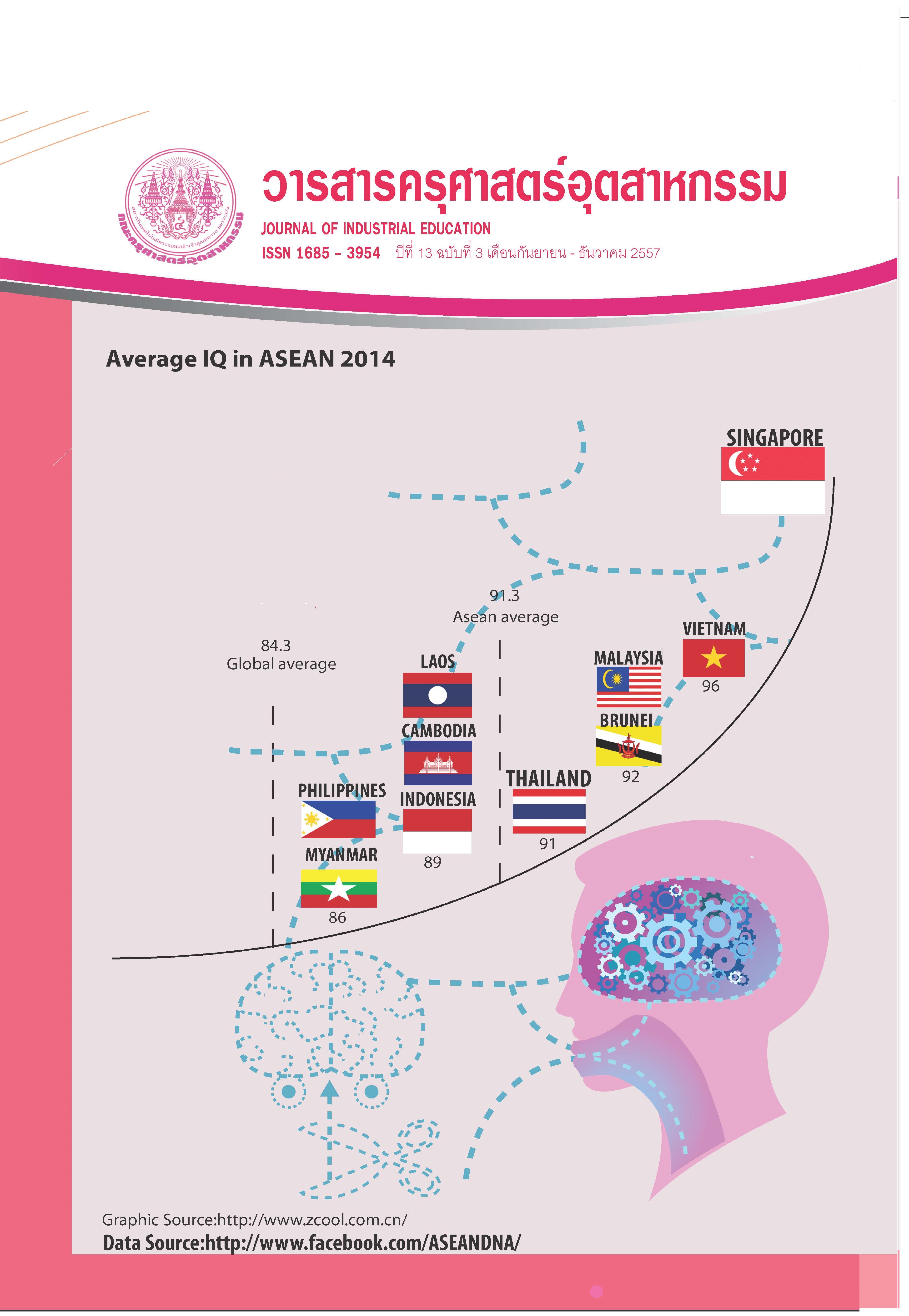Biodegradable cat litter tray from Sugarcane bagasse coating with activated carbon
Main Article Content
Abstract
The research presents the use of sugarcane bagasse as a material to design a cat litter tray for containing a cat’s refuse in residence. Sugarcane bagasse is degradable and friendly to the environment. Principle of this design is the use of sugarcane bagasse coating with activated charcoal that is degradable and can eliminate strong odors. The sample group in this study was 30 people who individually have 1 cat in their residence to use plastic cat litter tray and cat litter tray made of sugarcane bagasse coating with activated charcoal for 28 days.
The experiment was carried out by measuring released level of Carbon Dioxide that is a part of gas that released from refuse accumulations on both trays and then analyzed by comparison method of t-test for independent samples. Analysis result during week 1 to week 4 found the difference of Relative Humidity (RH) level of plastic tray and the tray made of sugarcane bagasse. Sugarcane bagasse tray’s Relative Humidity (RH) level was less than plastic tray at 0.148 significance level. Comparison result of data analysis method
found the release of Carbon Dioxide from the both trays no difference at 0.05 significance level. This result showed conflict of the sand humidity that might be caused by using inappropriate equipment to measure the gas for the experiment without laboratory control.
The experiment result was found that activated charcoal at the base of cat litter tray remained stay. Thus, validity of sugarcane bagasse tray is last for 28 days or 1 month. Sugarcane bagasse and activated charcoal are useful materials that added value to agricultural residues and friendly to environment as integration.
Article Details
"The opinions and contents including the words in papers are responsibility by the authors."
"ข้อคิดเห็น เนื้อหา รวมทั้งการใช้ภาษาในบทความถือเป็นความรับผิดชอบของผู้เขียน"
References
[2] ณรงค์ ณ เชียงใหม่. 2525. มลพิษสิ่งแวดล้อม.กรุงเทพฯ : โอเดียนสโตร์.
[3] สมศักดิ์ วังใน. 2528. จุลินทรีย์และกิจกรรมในดิน.กรุงเทพฯ: ไทยวัฒนาพานิช.
[4] ฉัตรชัย จันทร์เด่นดวง. 2552. การออกแบบเพื่อสิ่งแวดล้อม. กรุงเทพฯ: ศูนย์เทคโนโลยีโลหะและวัสดุแห่งชาติ.
[5] อรรคเจตต์ อภิขจรศิลป์ และ ปริญญ์ บุญกนิษฐ.2551. การประเมินวัฏจักรชีวิตผลิตภัณฑ์อย่างง่าย.กรุงเทพฯ: มหาวิทยาลยธรรมศาสตร์.
[6] ประโยชน์จากถ่านไม้. (2546). นิตยสารเทคโนโลยีเกษตรแนวใหม่. 4 (39), น. 62-65.
[7] ศศิธร จารุสมบัติ พิศุทธุ์ ศิริพันธุ์และศราวุธ อินทรเทศ. 2555.การทำกระดาษจากพืชหอม :กรณีศึกษาเตยหอมและตะไคร้หอม. สาขาวิชาครุศาสตร์เกษตร คณะครุศาสตร์อุตสาหกรรม สถาบันเทคโนโลยีพระจอมเกล้าเจ้าคุณทหารลาดกระบัง. วารสารครุศาสตร์อุตสาหกรรม. 11(1), น. 41-50

